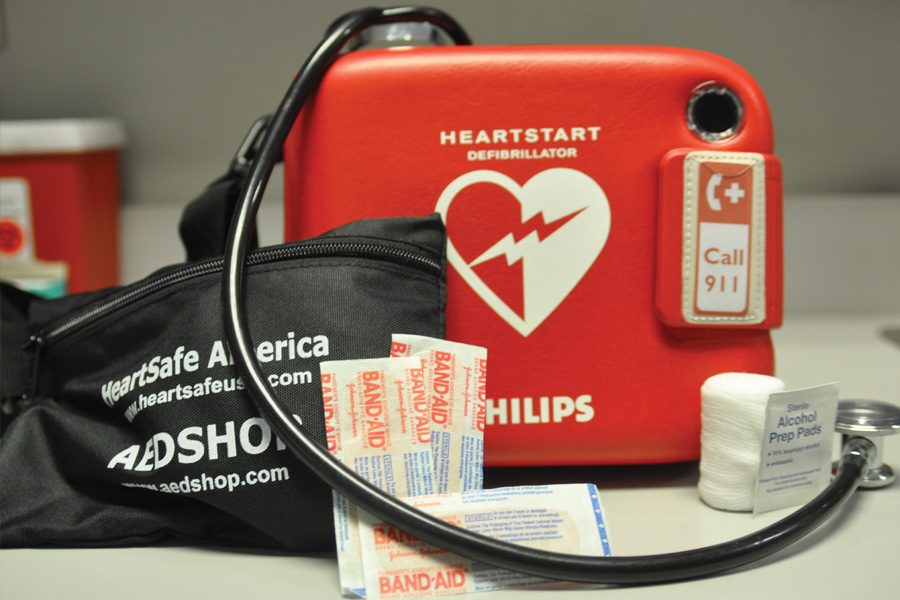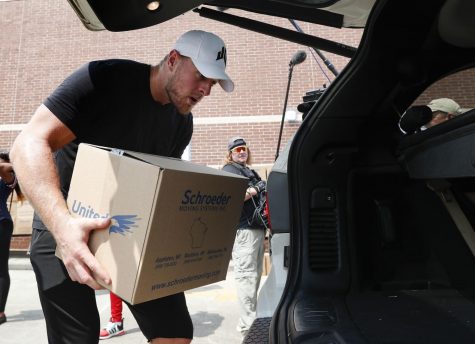Life Lessons Learned In Life-Saving
Analyzing importance, benefits of knowing basic first aid concepts
Interested in learning more about first aid and how to stay informed? Go to MayoClinic.org.
It is essential for someone to be able to know and perform basic first aid effectively, because these skills can help save a life when there is not a doctor readily available, or when the Emergency Medical Services (EMS) takes a long time to come to the victim’s rescue. Generally, first aid includes basic skills such as dealing with burns, performing CPR and even treating something as common as a nosebleed or cut.
According to RitzSafety.com, accidental injury is the leading cause of death in the United States for individuals under the age of 44. These accidental injuries can be easily treated if one has basic first aid knowledge. Some examples of basic first aid include knowing when to apply pressure to a bleeding wound or how to assess a dislocated limb. The EMS is comprised of different people working together to help save a life when needed, and sometimes these services can take too long to get to the exact area the victim is at. According to EMSWorld.com, most communities have established a wait time of eight minutes or less for the EMS to arrive to the scene, but it only takes an average person 30 seconds or less to bleed out.
Going to the doctor’s office or emergency room (ER) can be helpful in some cases, but that help is going to cost thousands of dollars in medical bills down the road. Some people keep paying them off for several weeks, even months, just for a 20 minute visit. According to Debt.org, the average emergency room visit costs approximately $1,233, and some bills can even go up to $2,168 per visit. By understanding the basic concepts of first aid, someone can perform a simple procedure at home rather than having to pay a costly bill if the injury is not life-threatening.
Many people argue that knowing first aid is not necessary because there are specialized doctors to help in the case of an emergency, but if a small injury occurs at home, like a cut, this can be treated from someone’s own home rather than in an emergency room. Some major, life-threatening injuries may need to be seen by a doctor, but by the time that person gets to the ER, they could already be at risk of dying from blood loss or hemorrhaging.
First aid is more than just applying bandages and making finger splints. First aid is about helping someone when the hospital is too far away or when the injury is not catastrophic enough to have the EMS drive all the way to the location. Even though doctors are necessary in the world, some small, life-saving procedures can be done by someone who has learned and trained in first aid.









